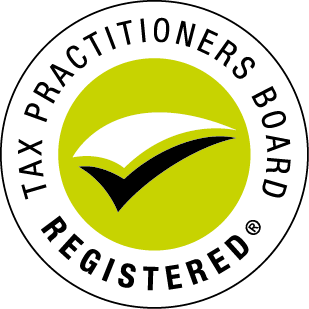
While hiring the right staff is a key element when running a business, to be successful you will need to build a strong team. Here are some tips on turning a group of individuals into a cohesive, collaborative team that will help your business to reach its full potential.
Have a vision:
When starting a new business, defining what your motivations are can help you to visualise the type of organisation you want to create. This can help your staff to know what you are aiming for and understand the goals of the business. Don’t just focus on your products or services, outline the principles and characteristics you wish to build in your organisation. For example, some of your core goals may be to have outstanding customer service or to create a supportive workplace. Once you have outlined your vision, you can use it as a guideline for both you and your employees.
Involve your staff:
By getting your employees involved in the day-to-day operations of your organisation, it will allow them to use their strengths to integrate and develop into the business. Challenge your staff by giving them timelines or specific goals to strive for. If they have achieved these, acknowledge their success. This will motivate them to work hard if they know they are being recognised for their efforts. Consider team-building exercises or activities outside of work as a way to foster a friendly and positive environment. When your employees are happy and enjoy coming to work, this will reflect in your business.
Define roles:
Hiring from a broad range of backgrounds will mean that each of your employees will bring different strengths and talents to your workplace. Each individual will have different personalities and offer a unique perspective on how to do their job. Recognising this as an employer can help you to enable each employee to utilise their strengths. This will improve the strength of the team and benefit your business. Clearly define what the role of each worker is, as vague instructions will affect progress and efficiency. Updated task lists may help, as each employee will know exactly what needs to be done and the work will be completed in a productive, cohesive manner.

